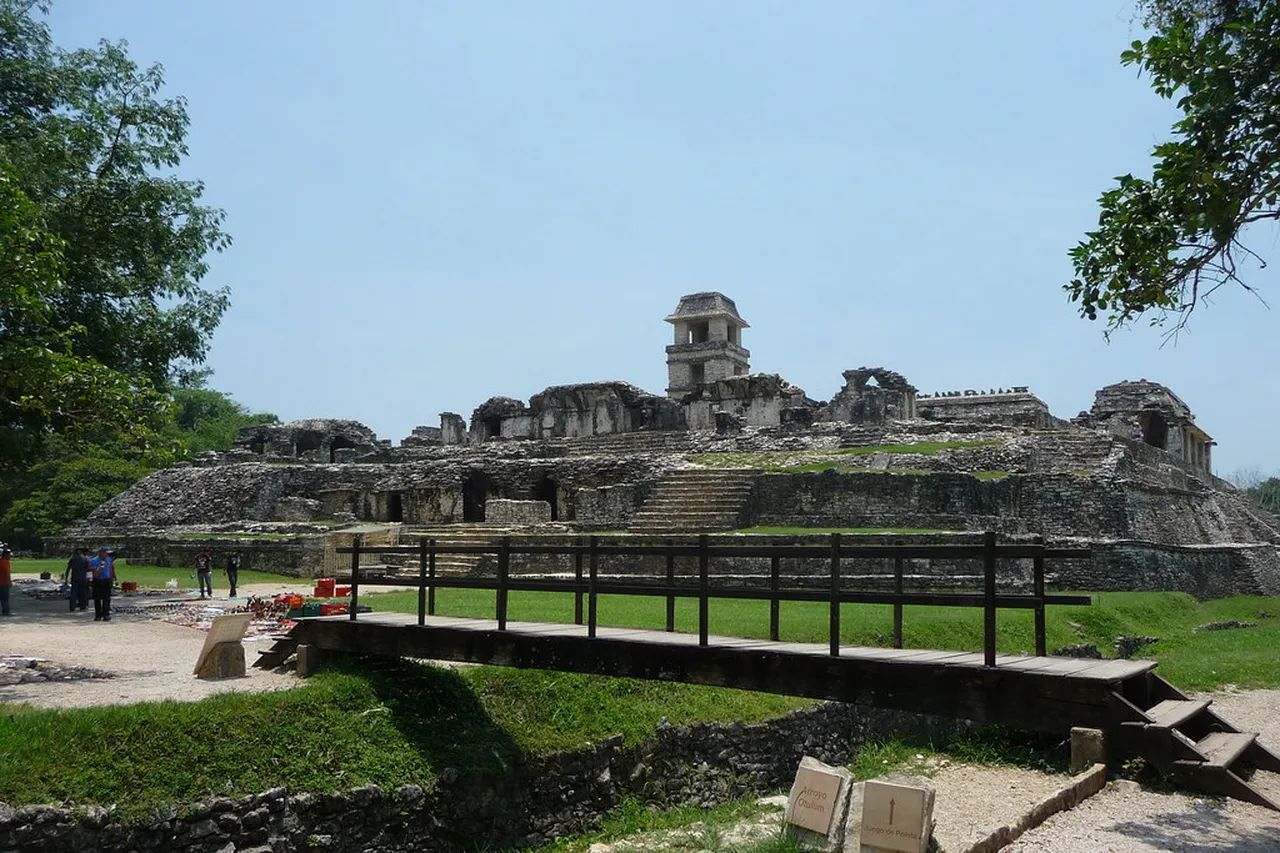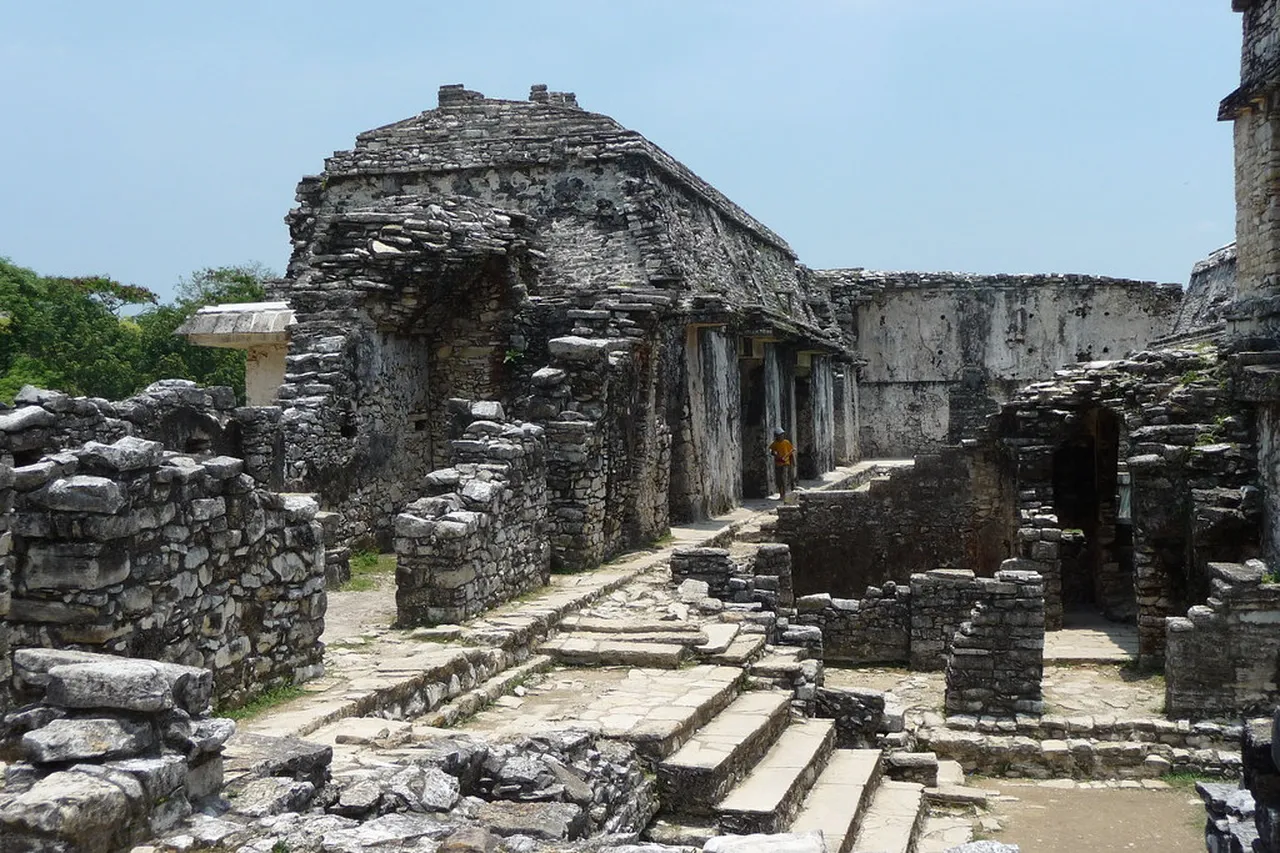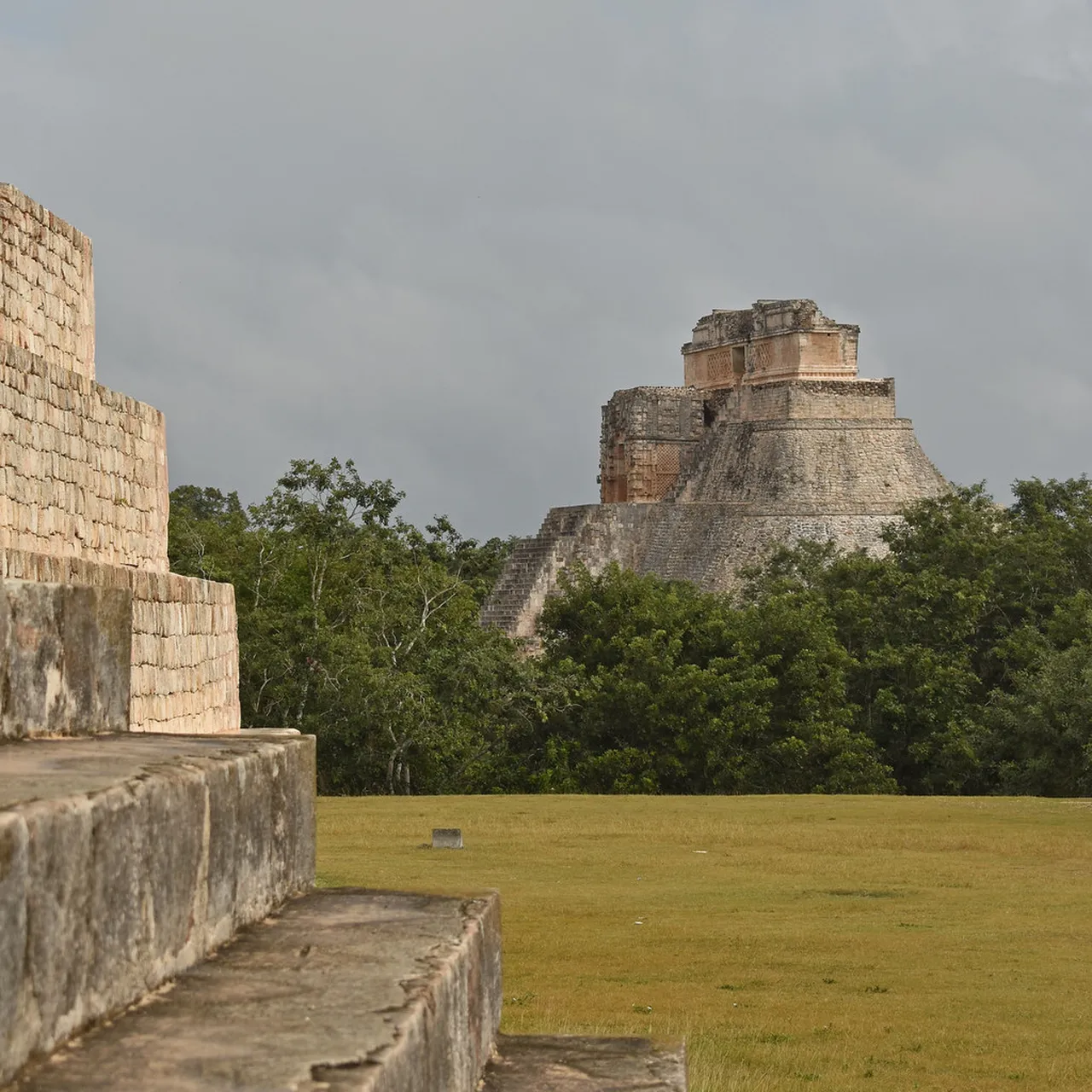
Palenque Culture: Discovering the Heart of Ancient Mexico
Table of Contents
Palenque Culture: Discovering the Heart of Ancient Mexico
The Palenque culture, known for its remarkable achievements in art, architecture, and civilization, is a fascinating chapter in Mexico’s rich history. Nestled in the lush jungles of Chiapas, Palenque was once a thriving Maya city that flourished between 600 and 800 AD. This ancient civilization left behind an incredible legacy, featuring intricately carved stone monuments, the famous Temple of the Inscriptions, and a wealth of historical significance that draws visitors from around the world. In this article, we will delve deep into the Palenque culture, exploring its unique contributions to Maya civilization, the stunning ruins that remain, and the vibrant traditions that still resonate today.
Want to find the best travel deals for this destination? personalized adventure planner with our adventure planning specialist!
1. The Historical Context of Palenque Culture: A Maya Legacy

The Palenque Culture is a fascinating chapter in the rich tapestry of Maya history. Flourishing between 500 and 800 AD, Palenque was not just a city but a significant political and ceremonial hub. It was during this time that the Maya developed their advanced knowledge of architecture, mathematics, and astronomy.
Importantly, the city is renowned for its inscriptions that provide insights into its rulers and their impressive achievements. As a result, Palenque has been a focus for scholars studying ancient Maya civilization. Transitioning from a tribal society, it emerged as a sophisticated state with complex social structures.
Indeed, the ruins of Palenque reveal much about the Maya’s agricultural prowess and their intricate social organization. Today, visitors can explore these remnants, which tell stories of a powerful culture that thrived amidst the challenges of its environment.
2. Architectural Wonders: Unveiling Palenque’s Famous Ruins

Palenque is celebrated for its breathtaking architectural achievements, many of which continue to captivate visitors today. The most iconic structure is the Temple of the Inscriptions, which houses the tomb of the great ruler Pakal the Great. This temple is a prime example of the intricacy and skill of Maya architects.
As you wander through the ruins, the Palace of the Inscriptions reveals the use of corbel arches and elaborate frescoes. Moreover, the site is built into the lush landscape of Chiapas, creating a stunning visual contrast that Highlights the ingenuity of its builders.
Furthermore, each building showcases a unique blend of ornamental carvings and astronomical alignments, reflecting the Maya’s deep connection to the cosmos. Visiting these ruins is not only a journey into architecture but also an exploration of Palenque Culture itself.
3. Palenque Culture and Religion: The Spiritual Beliefs of the Maya

The spiritual beliefs of Palenque Culture were deeply intertwined with their daily lives and societal structure. Central to their religion was a pantheon of gods that governed various aspects of life, such as agriculture, weather, and war. The Maya believed that these deities required offerings and rituals for favor and prosperity.
In Palenque, temples served as sacred spaces where ceremonies were conducted. For instance, the Temple of the Cross is significant in understanding their religious practices, illustrating the importance of celestial Events and their connection to powerful rituals. Transitioning from one phase of life to another often involved elaborate ceremonies.
Moreover, the enduring legacy of their religious beliefs can still be felt today in modern communities that continue to honor ancient traditions. Exploring Palenque offers an enlightening glimpse into how the Maya viewed the world around them.
4. Art and Iconography: Understanding Palenque’s Rich Artistic Heritage

The art and iconography of Palenque are integral to understanding its ancient culture. This Maya city showcases a plethora of stunning carvings, murals, and sculptures that reflect both artistic talent and spiritual beliefs. Visitors are often amazed by the intricate details found in the Temple of the Inscriptions, where you can observe depictions of important deities and historical figures.
Moreover, the use of iconography in Palenque serves a dual purpose; it narrates stories of gods while also communicating the city’s political power. Additionally, ceramics and pottery discovered in this region provide invaluable insights into daily life and rituals. Artifacts like painted vases often feature scenes of nobility performing ceremonies, demonstrating the importance of art in maintaining cultural identity.
5. The Role of Leadership: Exploring the Kings of Palenque

The kings of Palenque shaped the city’s destiny and greatly influenced its development. Central figures, such as K’inich Janaab’ Pakal, left a profound legacy that remains fascinating. Under their reign, monumental architecture, including the grand Temple of the Inscriptions, was constructed, highlighting their importance in Maya history.
The political structure of this Maya kingdom relied heavily on the leadership of its rulers. Importantly, these kings were not only political leaders but also spiritual guides. This dual role was crucial, as they aimed to maintain harmony between the gods and the community. Transitioning from sculptures to written records, historical accounts of their reigns can be found, illustrating their achievements and struggles, thus enriching our understanding of this remarkable culture.
6. Daily Life in Palenque: Insights into Ancient Maya Society
Daily life in Palenque was intricate and closely tied to their environmental and social settings. The social hierarchy played a significant role, with nobles, artisans, and farmers all contributing to the community. Most notably, the economy was primarily based on agriculture, with maize being a staple crop.
Additionally, religious practices influenced daily routines significantly. Families often participated in rituals to honor deities and secure bountiful harvests. Furthermore, the art of farming was deeply intertwined with cultural beliefs; fields were tilled with respect for nature. Interestingly, while everyday responsibilities could be demanding, the Maya found joy in community festivals that celebrated their harvest and echoed cultural traditions.
7. The Rediscovery of Palenque: Archaeological Milestones
The rediscovery of Palenque is a fascinating chapter in the story of this ancient Maya city. Initially, many of its magnificent structures were hidden under the dense jungle foliage, remaining largely unknown until the 18th century.
In 1784, explorer Juan Galindo played a crucial role in bringing attention to Palenque by publishing a series of drawings. This sparked the interest of archaeologists who began to explore its temples and sculptures. Later, in the 19th century, the work of archaeologist Alfred Maudslay significantly advanced the understanding of Palenque Culture.
Additionally, ongoing excavations have unearthed astonishing artifacts, thus continually unveiling the city’s rich history. Today, visitors can witness impressive ruins that tell the story of the Maya. As research continues, many are excited for further discoveries that await in this remarkable site.
8. Nature and the Environment: The Jungle Surrounding Palenque
The setting of Palenque is as captivating as its ancient culture. Nested within the heart of the Chiapas jungle, this archaeological site is surrounded by lush vegetation and diverse wildlife. The ecosystem not only adds a layer of mystery but also plays a significant role in the preservation of Palenque Culture.
Moreover, the tropical rainforest harbors numerous plant species, some of which are integral to the Maya’s medicinal practices. When visiting, tourists can engage with the natural beauty, which enhances the experience of exploring the ruins. As you walk the trails, keep an eye out for the exotic birds and butterflies that flutter around.
Ultimately, the juxtaposition of nature and ancient architecture makes Palenque a remarkable destination, offering a glimpse into both history and ecology.
9. Festivals and Rituals in Palenque Culture: Preserving Traditions
Festivals and rituals were deeply woven into the fabric of Palenque Culture. These events served both as a means of social cohesion and a way to honor deities. Celebrations often included elaborate ceremonies, music, and dance, showcasing the vibrant spiritual life of the ancient Maya.
Today, many of these traditions have been preserved, and modern descendants still engage in rituals that pay homage to their ancestors. Visitors to Palenque can witness some of these events, especially during important cultural festivals.
In addition, rituals such as offerings and sacrifices were crucial in maintaining harmony with the divine. Understanding these practices provides insight into the values and beliefs of Palenque Culture. As such, participating or observing these traditions not only educates but also connects you to the timeless legacy of the Maya.
10. Ecotourism in Palenque: Engaging with the Cultural Heritage
Palenque offers a unique opportunity for ecotourism, blending nature with cultural heritage. Visitors can explore lush jungles surrounding the archaeological site, which showcase both biodiversity and Mayan history. The region is an ideal destination for eco-conscious travelers seeking sustainable experiences.
Engaging with local communities is a crucial aspect of ecotourism in Palenque. Tour operators often emphasize responsible tourism and the importance of supporting indigenous cultures. By participating in guided tours led by locals, travelers gain deeper insights into the Palenque Culture and its historical significance.
“Ecotourism not only enriches the travel experience but also helps to preserve the cultural identity of the Palenque community.” – Local Guide
11. Culinary Delights: Tasting the Flavors of Palenque
The culinary scene in Palenque is a vibrant reflection of its rich cultural heritage. Traditional Mayan dishes are still prevalent today, featuring ingredients such as maize, beans, and fresh vegetables. One must-try dish is tamales, made with maize dough and filled with a variety of savory ingredients.
In addition, local markets offer a fantastic array of tropical fruits that can tantalize the taste buds. For instance, jatobá and soursop are popular choices, adding a special twist to any meal. Food enthusiasts can also participate in cooking classes, learning how to prepare authentic Maya cuisine.
12. Living History: Modern Communities and Their Connection to Palenque Culture
Tip: Discover the best Palenque experiences with Viator Tours!
Modern communities around Palenque maintain a profound connection to their Maya roots. While visiting, you will notice how traditions and cultural practices have been preserved through generations. Today, many inhabitants engage in farming, art, and traditional crafts.
Additionally, the blending of ancient customs with contemporary life allows visitors to experience intriguing aspects of Palenque Culture. Festivals celebrating Maya heritage are often held, showcasing traditional music, dance, and clothing. These Events highlight the resilience and richness of their cultural identity in today’s world.
Uncovering the Palenque culture opens a window to understanding one of ancient Mexico’s most influential civilizations. From its stunning ruins and intricate art to its vibrant rituals and traditions, Palenque remains a testament to the ingenuity and resilience of the Maya people. Whether you’re planning a visit to the ruins or simply seeking to learn more about this captivating culture, there are endless stories to discover and share. What aspect of the Palenque culture intrigues you the most? Join the conversation in the comments, and let’s delve deeper into the mysteries of this magnificent civilization together.